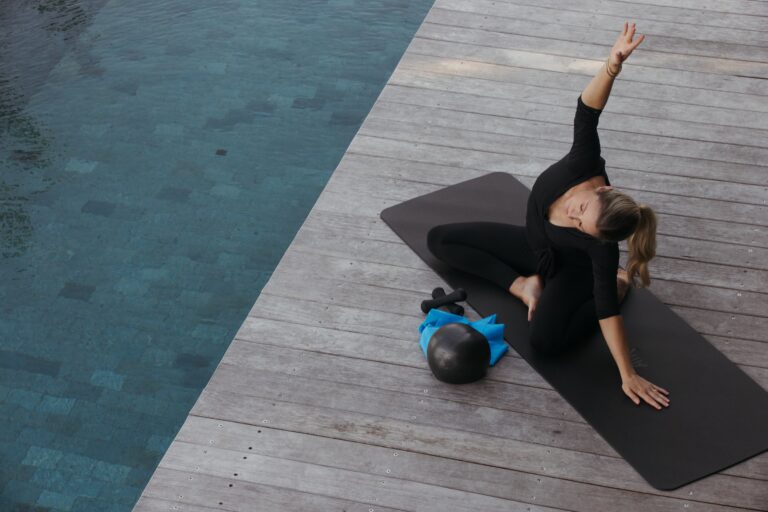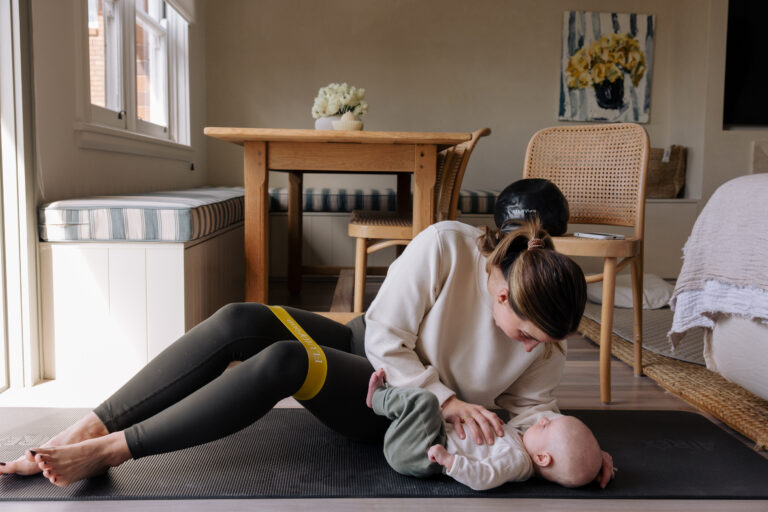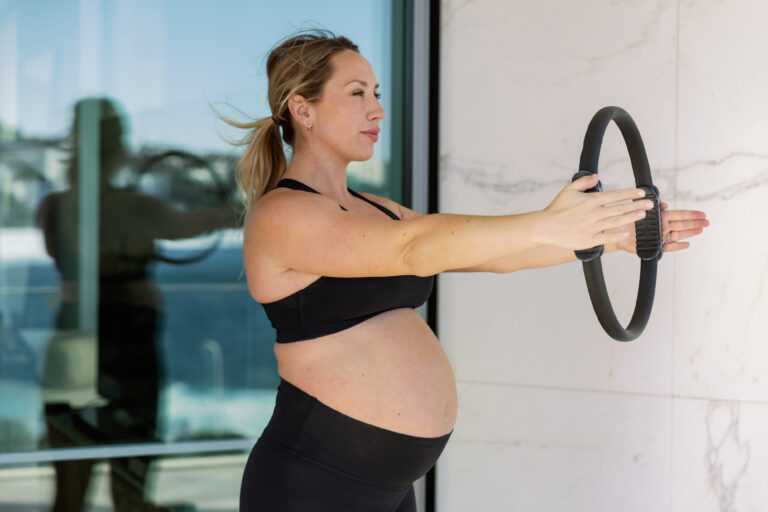What are discs?
Discs are an incredible tool we use at Fluidform to challenge our bodies and create change in the shape and tone of our lower abdominals, hips and inner thighs. They are two flat, low-friction discs that bring fluidity to our movements, increasing our pace and driving our heart rate. A 20 minute disc workout makes for the perfect cardio workout, for when you don’t feel like doing cardio! Incorporating discs into your workouts will strengthen, lengthen and tone your lower abdominals, inner thighs and hip area.
Favourite disc exercises
I layer my workouts with disc exercises to drive my speed and challenge my stability and coordination. Discs require focus and balance across your entire body, ensuring a total body workout. These are some of my favourite disc exercises.
- Mountain climbers with discs under the balls of your feet. This takes a traditional mountain climber to the next level. You work harder to control the inward and outward motion. You are able to move more swiftly, increasing the pace while also challenging your stability on the moving discs. Instantly, you have the ability to fire every muscle from your feet to your lower abdominals, while working your shoulders and upper back.
- Lunges with discs under the balls of your feet. Similar to mountain climbers, discs progress the movement by challenging your body to balance and control as your foot pushes back and draws in. Start slow to find your balance before increasing your pace to drive your heart rate up and incorporate cardio into your workouts. The disc ensures you are working at every stage of the movement.
- Standing leg work with discs under the balls of your feet. This is where you are standing upright with a slight bend in both knees, maintaining a neutral pelvis with your torso tilting slightly forward. From here you move one leg in and out through different planes – forward and back, out wide and in, on the diagonal and around in circular motion. The disc ensures you are reaching full extension, working the hip joint in various directions. What you will find here, not only does your moving leg fire, you will feel your supporting glute activate as it works to maintain stability.
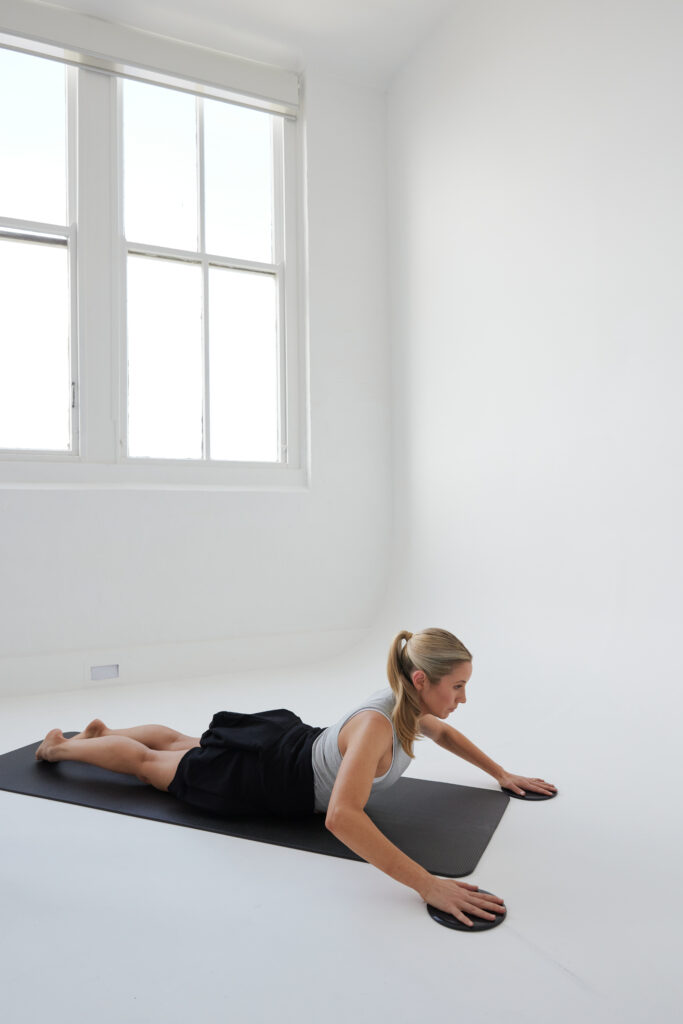
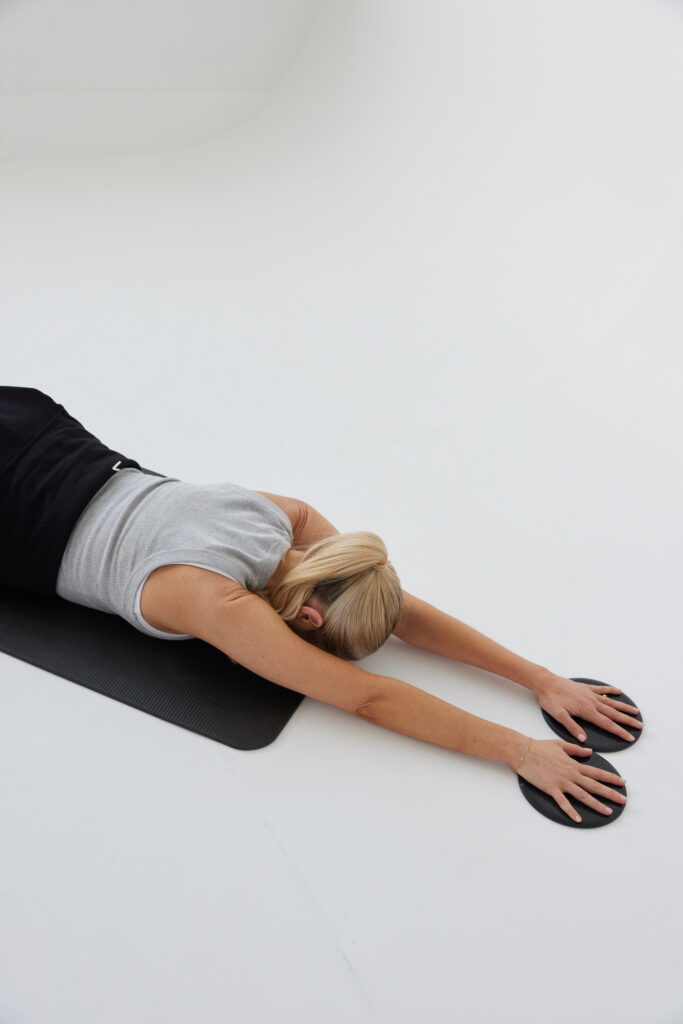
Disc & Small Equipment combos
- Small ball – Chest lifts over a small ball with discs. Placing the discs under the balls of your feet, move your feet in and out (alternating legs) as you lift your chest up and down. Feel a deeper connection in your lower abdominals and obliques.
- Barre – Barre lunges with discs. Try lunging with discs under the balls of your feet, using a barre for stability. You can use the back of a chair, your lounge or kitchen bench at home. The barre provides support, allowing you to reach full extension in your legs.
- Ankle weights – Layer any disc exercise with ankle or wrist weights.Mountain climbers, lunges, leg work with weights will increase the intensity of the movement, ensuring a total body cardio workout.
Discs for Beginners
It’s not too late to add discs into your workouts and experience the difference they have on your body. Start with slow, controlled movements while you find your balance, before increasing your speed and range of movement. The best advice I can give is consistency! Practice the movements everyday and aim to incorporate discs at least 1-2 times per week. Just 20 minutes a day of controlled, functional movement will improve your strength and change the shape of your body.
What to avoid?
Discs are an advanced piece of equipment and require focus. A common mistake I see amongst clients is losing form and technique in other areas of the body. At all times, you want to ensure you maintain a neutral position – think shoulders down and away and from your ears, chin slightly tucked and pelvis in neutral. When we lose this form and neglect our posture, our muscles are not working correctly or efficiently.
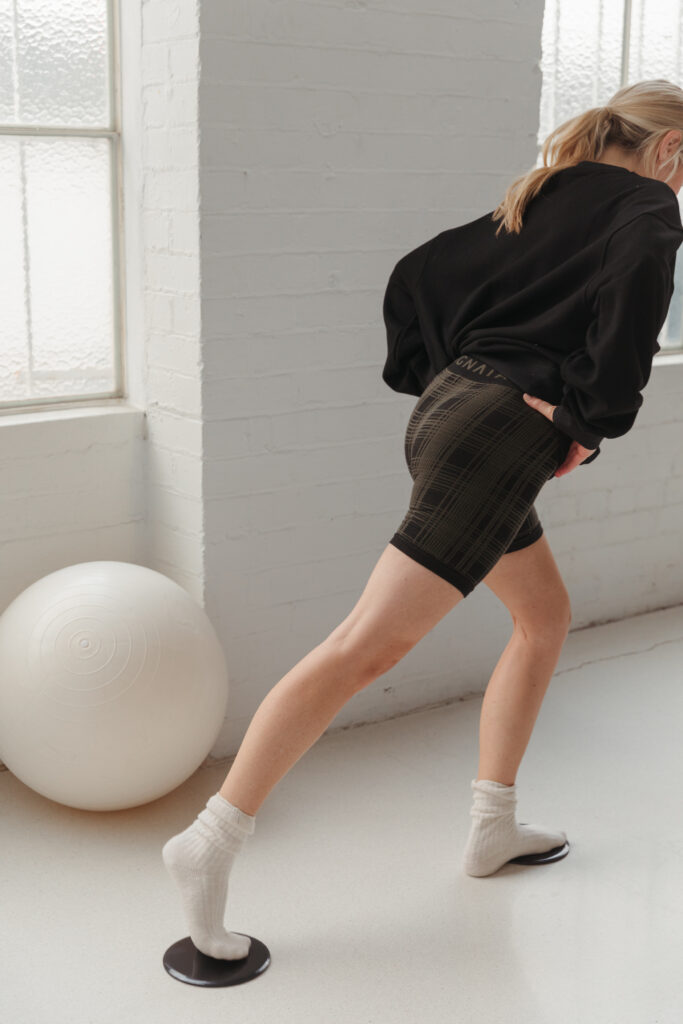
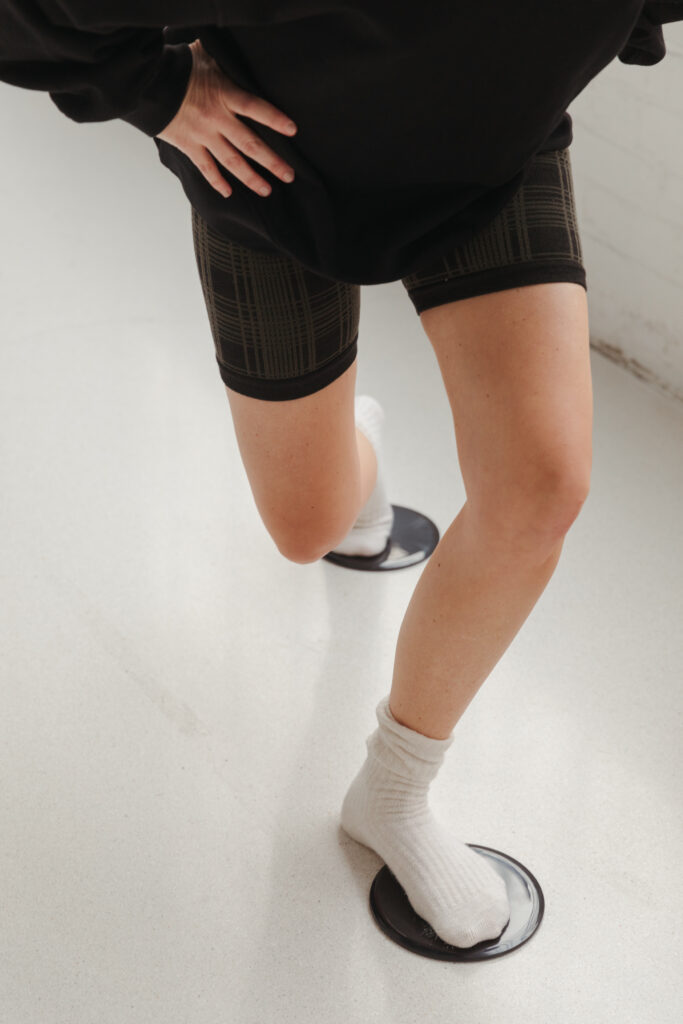
Now you know the benefits of incorporating discs into our workouts, try this 20-minute disc workout that will leave you feeling energised – challenging your cardio strength, coordination and mobility.

